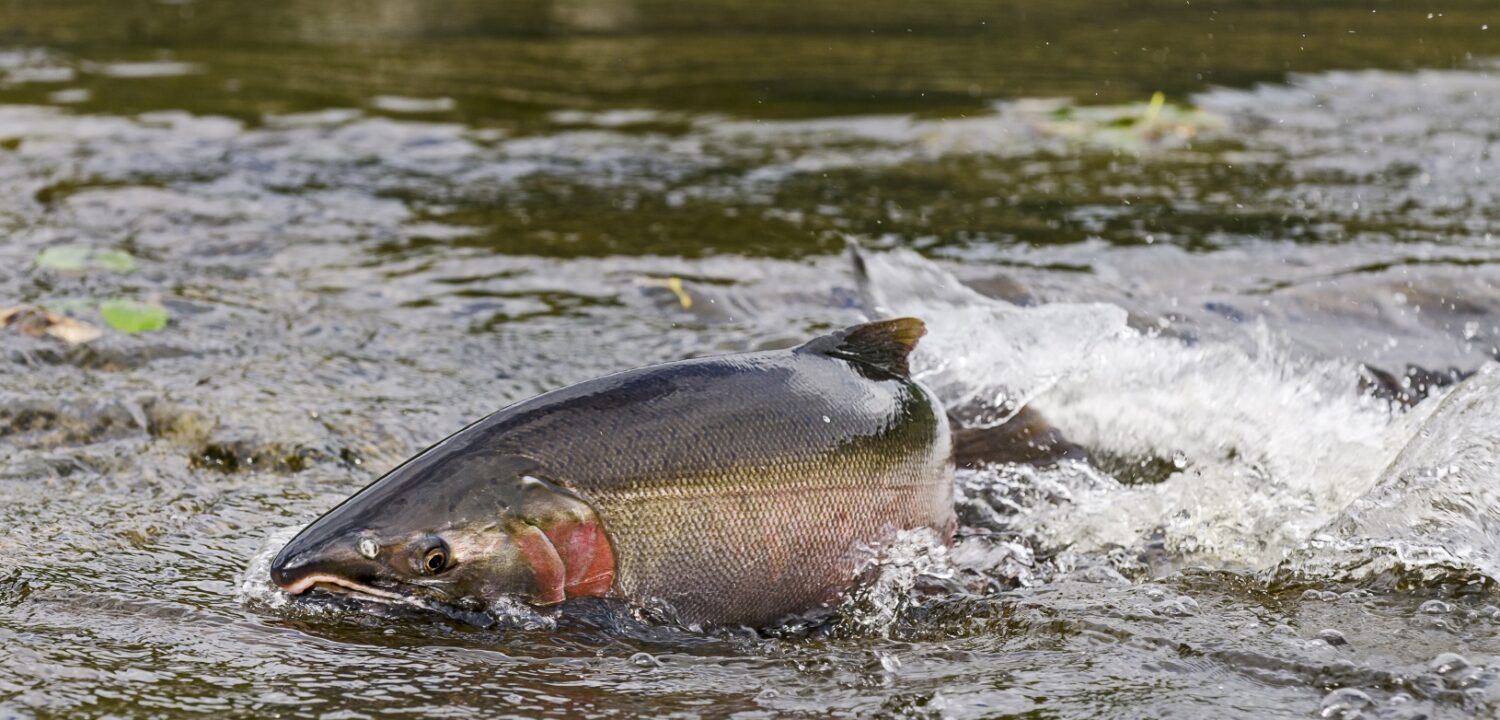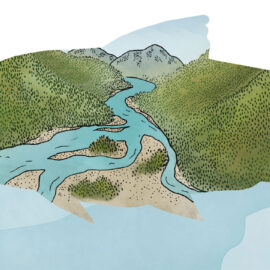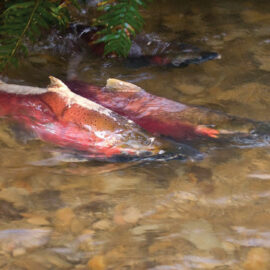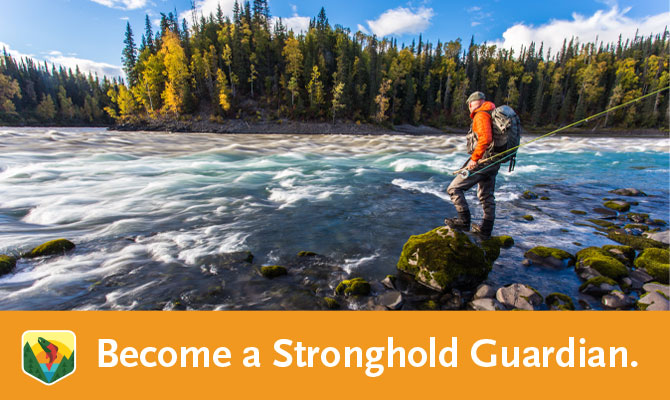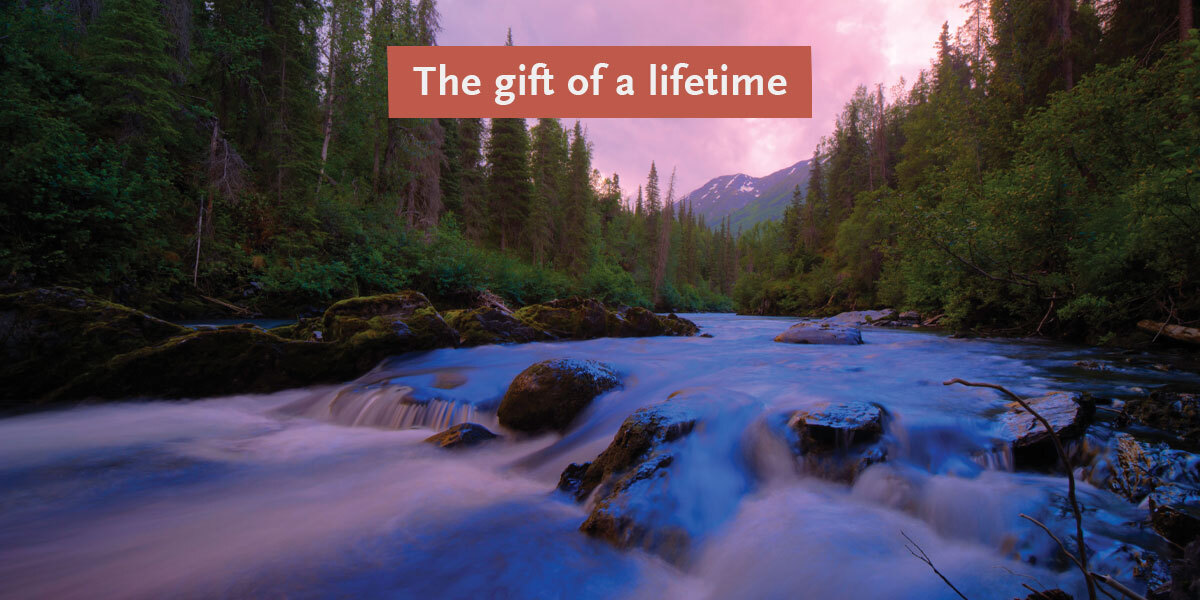Recovering coho so local communities can fish again.
The Coast Coho Partnership is a team of public and private partners, managed by the Wild Salmon Center, that convened in 2015 to accelerate the recovery of Oregon’s two coastal coho runs.
Because Oregon’s coastal watersheds are largely farms and forest with free-flowing rivers, Oregon Coast coho, in particular, present a unique opportunity for recovery. The partnership works with local teams to develop science-based action plans focused on high priority coho watersheds. To date, the Coast Coho Partnership has raised more than $10 million to put its plans into action.
Our ultimate goal is to recover Oregon Coast coho populations so that local communities can once again fish for these beloved salmon.
Why coho?
While Oregon Coast coho is currently listed as threatened under the federal Endangered Species Act, its numbers have improved considerably since the late 1990s. Recent years have seen some of the strongest runs in decades. Meanwhile, the coastal region that’s home to this keystone species remains sparsely populated and largely forested: in other words, good quality habitat with comparatively high resilience to climate change. These conditions, along with a well established network of coastal restoration partners, signal that Oregon Coast coho are “recovery ready.”
Recovery of Oregon Coast coho would allow it to be the first wild salmon run recovered under the Endangered Species Act.
Why a partnership?
The hard work of recovering coho remains local, and challenging. Oregon coastal watersheds span hundreds of square miles, yet many of the agencies and organizations focused on their restoration are small and capacity-limited. This means work must be prioritized, with vital resources directed to the highest impact projects. That work must also be coordinated across public, private, and tribal lands. Wild Salmon Center has taken on this important coordination role.
The strategic action plans supported by the Coast Coho Partnership—each combining cutting-edge mapping with the expertise of scientists, managers, landowners, and local stakeholders—describe the most important actions in each coastal watershed. These plans outline both long and short term paths toward population resilience for coho. Once a plan is complete, the partnership implements it: coordinating habitat restoration projects and leveraging funding.
A partnership at work
Starting in 2017, the partnership developed and began implementing plans for the Siuslaw, Nehalem, and Elk River watersheds: work supported in large part by a grant from the National Oceanic and Atmospheric Administration. This first grant—along with matching funds provided by the Oregon Watershed Enhancement Board and the National Fish and Wildlife Foundation—supported the construction of 28 beaver dam analogs in the Nehalem River, large-scale wood installation in the Siletz River, and floodplain reconnection work on agricultural lands in the Elk River.
A second NOAA grant in 2019 allows the partnership to expand ongoing restoration efforts in the Upper Rogue, Coos Bay, and Siletz River watersheds.
Says WSC Coastal Program Director Mark Trenholm: “Work remains, but we’re seeing partners at all levels—local, state, federal, tribal, and private—pulling in the same direction. We believe coho recovery is possible on the Oregon Coast.”
The ultimate goal of the Coast Coho Partnership is to recover Oregon Coast coho populations so that local communities can once again fish for these beloved salmon.
